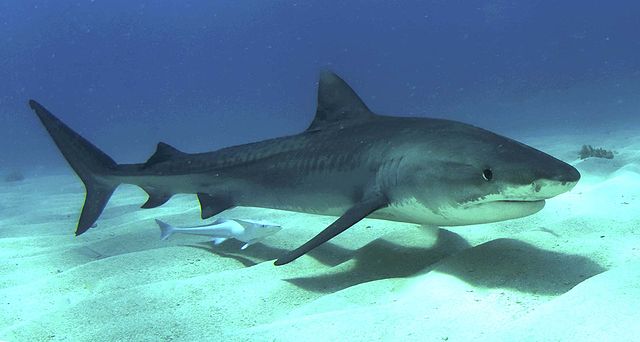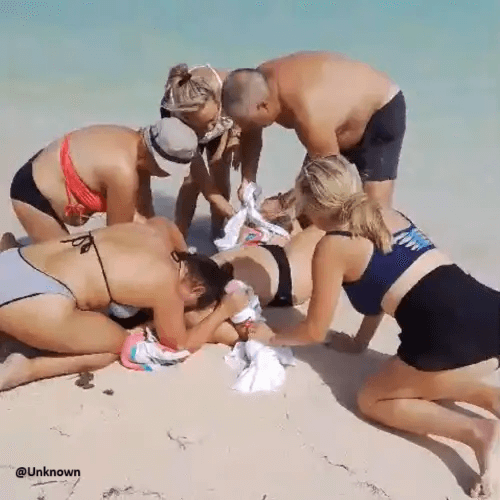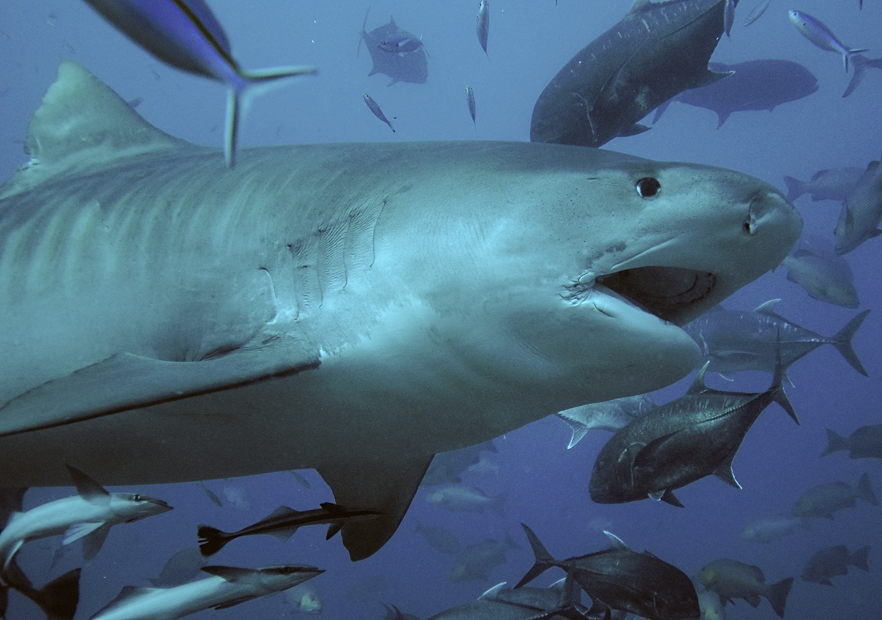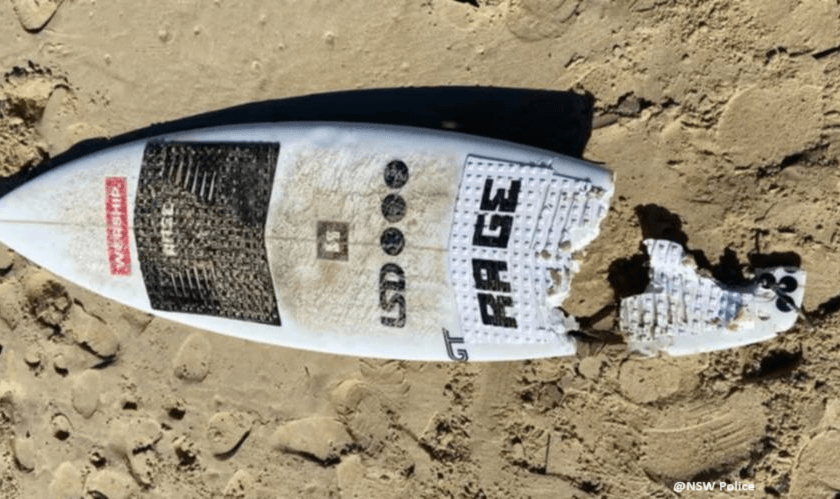A California woman is recovering from a shark attack off Maui, Hawaii.
The 35-year-old woman was snorkeling off Kaanapali Nov. 26 in a spot called the S Turns.
Just before 2:30 p.m. the woman was around 100 yards from shore when she was attacked by a shark. Surfers and other good Samaritans pulled the unresponsive woman to the beach near the Surf condo in Kahana.
Maui fire department (MFD) personnel arrived at 4007 Lower Honoapililani Road and treated the woman who, according to local reports, had injuries to her head, arm, chest area and leg.
The “victim was alert and oriented,” the MFD said in a statement and confirming that the patient had severe trauma injuries to the front torso.
She was taken to the Maui Memorial Medical Center in serious condition.
Ocean Safety units closed the area and began patrols using jet skis.
A fatal shark attack occurred in the area in 2019
Dr. Thomas Smiley was swimming around 60 yards off shore at Honokowai Point near Ka’anapali Beach Park on May 25, 2019 when he was attacked by a shark.
Around 9 a.m. Dr. Smiley was in clear 20- to 25-foot deep water when a shark took off his left leg below the knee. A witness told Tracking Sharks that the shark shook the victim for around 10 seconds and that it was evident that he had succumb to the injury.
Lifeguards arrived on jet skis and using directions given by witness located the body about 8 to 10 minutes later.
Tiger sharks are know to give birth around the islands in the fall.
The native Hawaiian chant Pua ka wiliwili nanahu ka mano translates to When the wiliwili tree flowers, the shark bites. And statistics confirm that there is an increase in the overall small number of shark attacks on the islands during the fall months.
A study by the University of Hawaii, funded in part by the Department of Land and Natural Resources Division of Aquatic Resources, learned around 25 percent of the Northwestern Hawaiian Island female tiger sharks migrate to the main islands during this time to give birth.
Tiger sharks are known as the trash cans of the sea and have been found with nonedible items in their stomachs including rubber, tin cans, and even car license tags.
While the odds are slim that you will be attacked by a shark while using the ocean, you can decrease the risk by swimming at beaches patrolled by lifeguards, not wearing shiny jewelry, stay in groups and not swimming in dark or murky water.
All locations have been marked on the 2020 Shark Attack Map.



